Nina’s Blog: Italian Spring with Art – Part 2
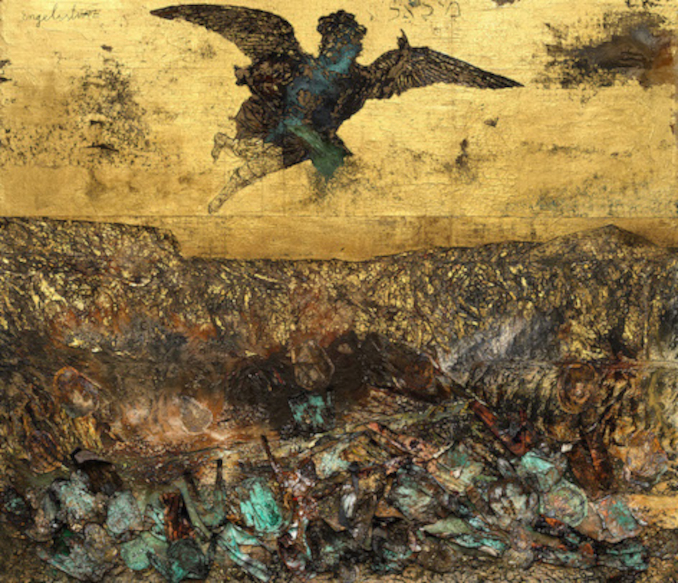
By Nina Heyn- Your Culture Scout
The Venice Biennale is an international art show that alternates between architecture and fine art every other year. 2024 is the year for artworks, and Venice, the city already crowded with thousands of tourists, is now also home to artists, critics, and viewers who have been flocking to the Biennale pavilions as well as galleries in town.
One of those galleries is presenting a retrospective devoted to Andrzej Wróblewski (1927-1957)—a modern Polish artist whose sensibility did not survive the Stalinist era in Poland. Misunderstood and criticized for not keeping up with the propaganda of the period, he did not have much time to create a large body of work before dying tragically at barely age 30.
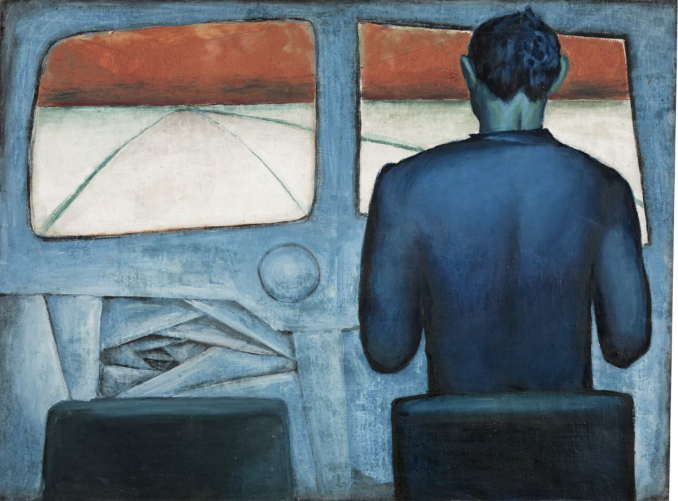
Apart from a few paintings at Polish national museums, most of his artwork is in private hands, so opportunities to see his paintings are rare. The comprehensive show at the Biennale, which runs until November 24 of this year, is presented by the Starak Foundation. This foundation, set up by a prominent family of collectors and art patrons, sponsors education and development of young artists, but it also promotes Polish culture by lending out important contemporary art to exhibitions.
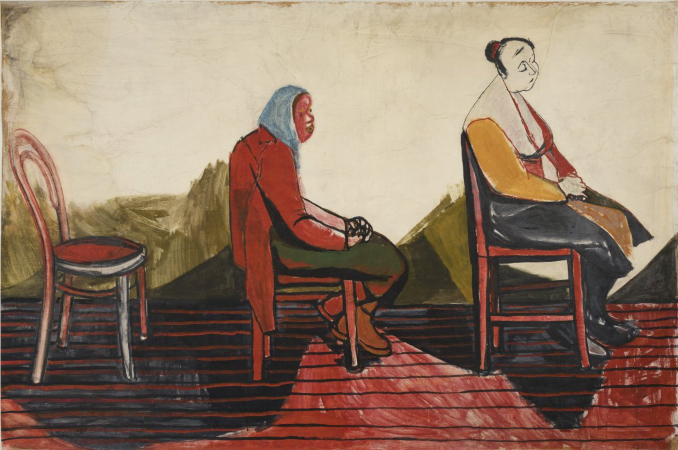
Wróblewski’s paintings express his unique confrontation with the trauma of war, poverty, and totalitarianism—everything that he experienced in his short life. He painted what he had seen during WWII, the Warsaw uprising, and the subsequent Stalinist era: men being executed, mothers trying to take care of their dying children, women in a hopeless queue for food. These are images reduced to the simplest figures and objects barely marked. The figures of dead people are painted in cold blue and often juxtaposed with the survivors, who are painted in the vivid colors of life: green, yellow, and red. He uses the simple lines and basic colors to say so much about the injustice of fate that allows some to survive and others to perish.
The exhibition “Andrzej Wróblewski- In the First Person” is open in Venice between April 20- November 24, 2024.
While Wróblewski, a short-lived painter from Poland, is practically unknown internationally, the German contemporary artist Anselm Kiefer is admired and followed worldwide. In Florence, the Palazzo Strozzi gallery is hosting a show of Kiefer’s numerous explorations, “Fallen Angels,” that starts with works that go back decades and culminates in works created in the last few years.
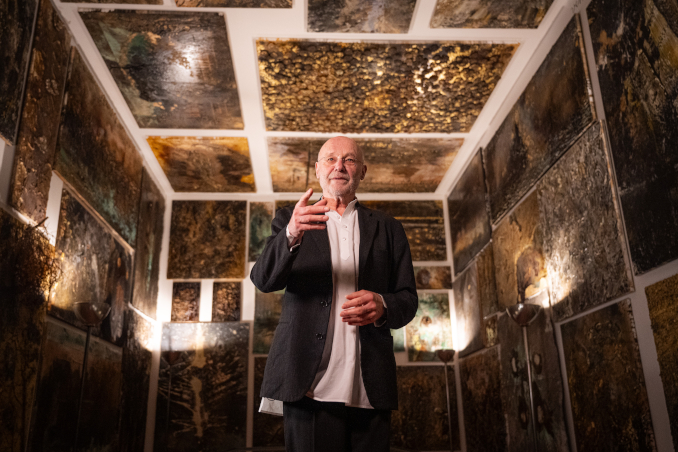
Kiefer is famous for works that are always at the crossroads of sculpture and painting, as evidenced by Wim Wenders’ 3D documentary Anselm: The Sound of Time, which premiered last year in Cannes. Kiefer’s latest artworks are once again hard to classify as paintings because he uses so many other techniques—from impasto paint to enamel gloss—and sometimes inserts or adds melted metal, sculpting plaster elements, burned twigs, or charred fabric. Gigantic canvases evoke classic myths, religion, symbols, and sometimes even other artworks. One of the huge collages, titled School of Athens, is Kiefer’s take on Raphael’s fresco—a perfect work to be displayed in Italy.
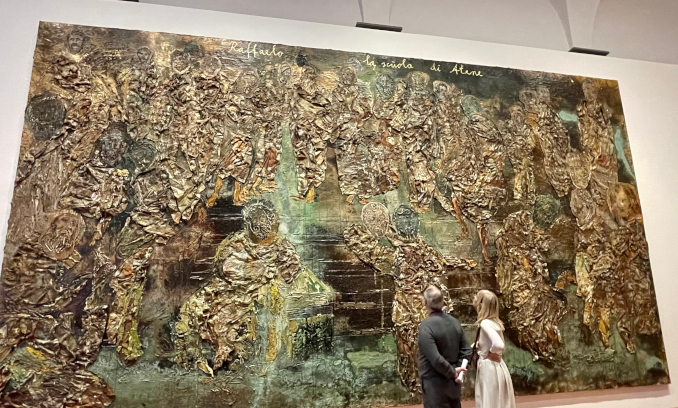
The “Fallen Angels” exhibition in Florence runs from March 22 to July 21, 2024.
